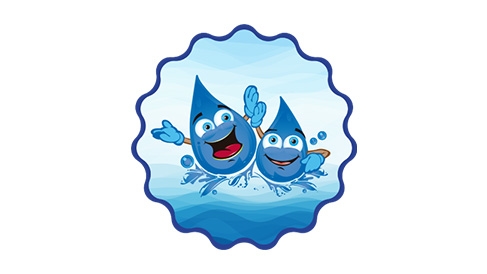Low water pressure can be frustrating, affecting the efficiency and comfort of your daily activities. If you're experiencing this issue, don't worry! In this comprehensive troubleshooting guide, we'll explore the common causes of low water pressure and provide you with practical tips to resolve them. Read on to regain optimal water pressure in your home.
Identifying the Source
Before diving into solutions, it's crucial to identify the source of low water pressure. Is the issue isolated to a specific faucet or affecting the entire house? Check for any visible leaks, damaged pipes, or sediment buildup in your plumbing system. By pinpointing the source, you can narrow down the potential causes and find the most effective solution.
Addressing Sediment Buildup
Over time, mineral deposits can accumulate in your pipes, leading to reduced water flow. To tackle this issue, consider flushing your plumbing system. Start by turning off the main water supply, then open all faucets and let the water run for a few minutes. This will help dislodge any sediment and improve water pressure. Additionally, installing a sediment filter can prevent future buildup.
Checking Pressure Regulators
Pressure regulators play a vital role in maintaining consistent water pressure throughout your home. If these devices malfunction, it can result in low water pressure. Locate your pressure regulator and ensure it's properly adjusted. If necessary, consult a professional plumber to inspect, repair, or replace the regulator to restore optimal water pressure.
Examining Pipe Blockages
Blockages within your plumbing system can significantly impact water pressure. Inspect your pipes for any obstructions caused by debris, tree roots, or mineral deposits. Using a plumbing snake or hydro jetting, you can remove these blockages and improve water flow. Remember, for complex blockages, it's best to seek professional assistance.
Addressing Municipal Supply Issues
Sometimes, low water pressure may not originate from your property but rather from the municipal supply. Contact your local water authority to check for any ongoing maintenance work or known issues in your area. They can provide you with updates and an estimated timeline for resolving the problem.
By following this troubleshooting guide, you can effectively diagnose and address low water pressure issues in your home. Remember, if you encounter persistent or complex problems, it's always wise to consult a professional plumber. At Drip Drop Plumbing, we specialize in providing top-notch plumbing services, including troubleshooting low water pressure. Contact us today to schedule an appointment and enjoy optimal water flow in your home.

